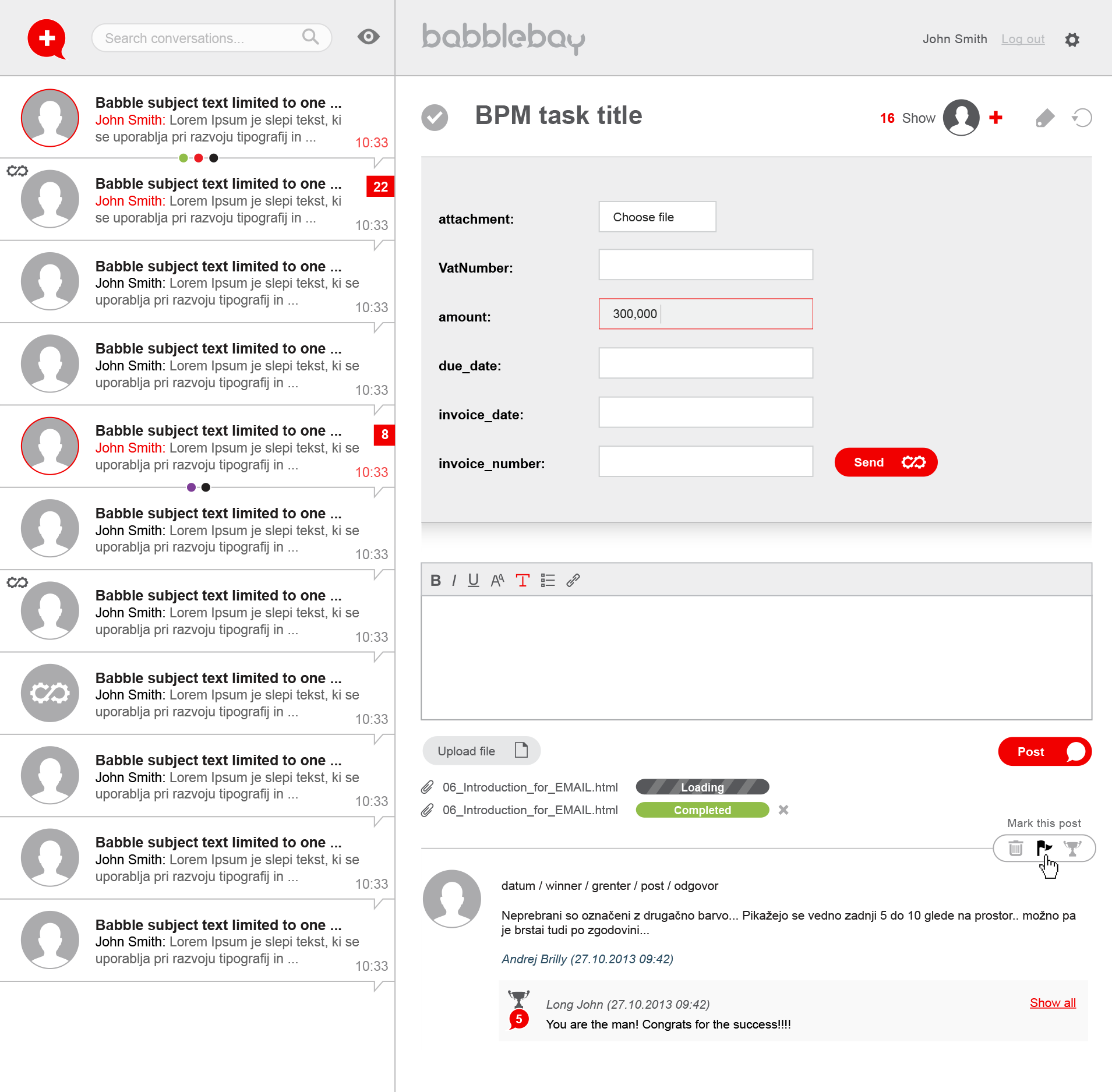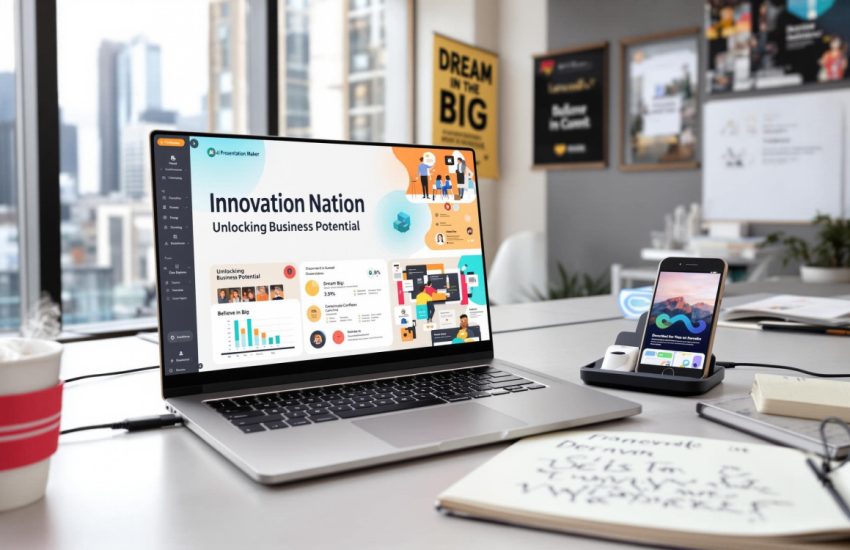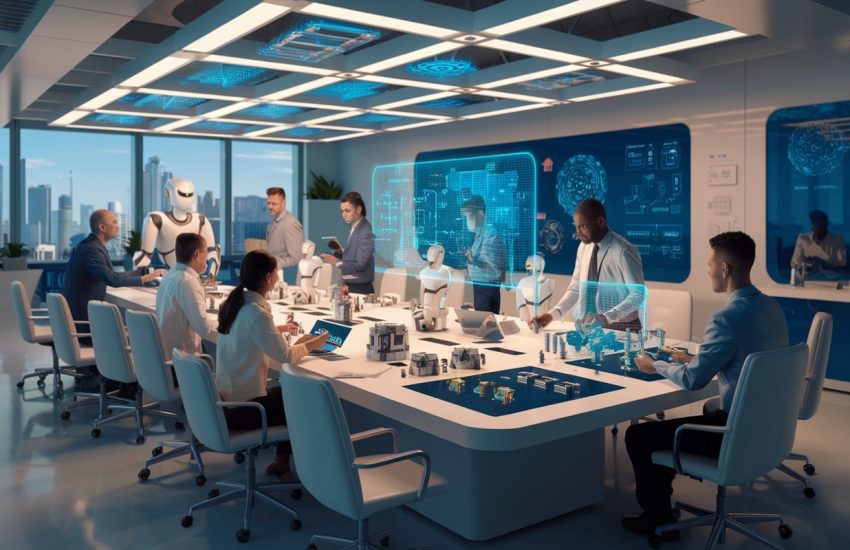Basic Principles Of Responsive Web Design
Responsive Web Design and Solutions
Responsive Web Design will solve any multiscreen issues for you. Solutions will emerge with this particular type of web design. You may not even know what this design is. This web design really does provide solutions. It may even be considered to be an approach. The goal is to ensure that a desktop web page is able to and is allowed to be viewed. This would be in response to the device that the person is viewing it with. This design is also a technique. It is also being used for building a website. These will work on a mobile device along with a desktop screen. The idea is to build a website that will greatly benefit your business. This is a design that will provide solutions by captivating all across many channels.

Some of the Basic Principles of a Responsive Web Design
It is a good idea to be informed of the items that will be needed for the web design that will respond to the behavior of the user. This response ought to also respond to the environment. This may be based on platform, orientation and screen size. The following are some basic principles that should be included in a good design:
* the flow is important; the flow is the vertical space on a screen. It is everything below that space that may be pushed down as content begins to take up more of the space
* consider the breakpoints; a breakpoint will allow the layout to change. This would be at predefined points. It may allow for three columns on a desktop. It may only allow for one column on a mobile device. The breakpoints will need to be used with caution because there is a possibility that it can turn into a mess if it is difficult to understand and view
* flexibility needed; it is important to keep in mind that pixel density may vary. It is vital to ensure that units are flexible. They will need to work everywhere. A canvas may be on a mobile screen, desktop and anything else in between
* the Max and Min values must be considered; content may take up an entire screen of a mobile device. It will not be wise to have the same content take up the entire width of a TV screen. The Max and the Min values will need to play a role in order to keep content readable
* pixels should be considered; the wrapping of elements together in one container will maintain control. View this as a relative position. The pixels are static units. These are very beneficial for any content that does not need to be scaled. This may include buttons and logos
* a smaller screen or a larger screen first; it is a good idea to decide if the project is going to be started on a mobile or a desktop screen. It must be determined where the project is going to be started first and it must be decided which will work best
* the fonts must be determined; web fonts or system fonts must be decided upon. Deciding the best font is necessary for a good design
* the icons; icons may have many details and very fancy effects. The bitmap or the vector will play a role within the design and the icon will need to be considered
* responsive; this is referring to front-end frameworks. The frameworks have been around for quite some time. This may be Bootstrap and Foundation. Consider a thoughtful and a robust responsive framework
This is a sample of a few good basic principles of a good web design that is considered to be responsive.


















